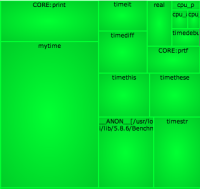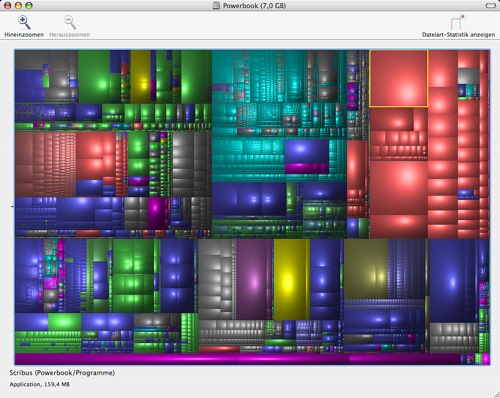At OSCON this year1 I’m giving a “State-of-the-art Profiling with Devel::NYTProf” talk. It’ll be an update of the one I gave last year, including coverage of new features added since then (including, hopefully, two significant new features that are in development).
This year I’d like to spend some time talking about how interpret the raw information and using it to guide code changes. Approaches like common sub-expression elimination and moving invariant code out of loops are straight-forward. They’re ‘low hanging fruit’ with no API changes involved. Good for a first-pass through the code.
Moving loops down into lower-level code is an example of a deeper change I’ve found useful. There are many more. I’d like to collect them to add to the talk and the NYTProf documentation.
So here’s a question for you: after looking at the NYTProf report, how did you identify what you needed to do to fix the problems?
I’m interested in your experiences. How you used NYTProf, how you interpreted the raw information NYTProf presented, and then, critically, how you decided what code changes to make to improve performance. What worked, what didn’t. The practice, not the theory.
Could you to take a moment to think back over the times you’ve used NYTProf, the testing strategy you’ve used, and the code changes you’ve made as a result? Ideally go back and review the diffs and commit comments.
Then send me an email — tell me your story!
The more detail the better! Ideally with actual code (or pseudo-code) snippets2.
- OSCON is in San Jose this year, July 20-24th. You can use the code ‘os09fos’ to get a 20% discount.
- Annotated diff’s would be greatly appreciated. I’ll give credit for any examples used, naturally, and I’ll happily anonymize any code snippets that aren’t open source.


